
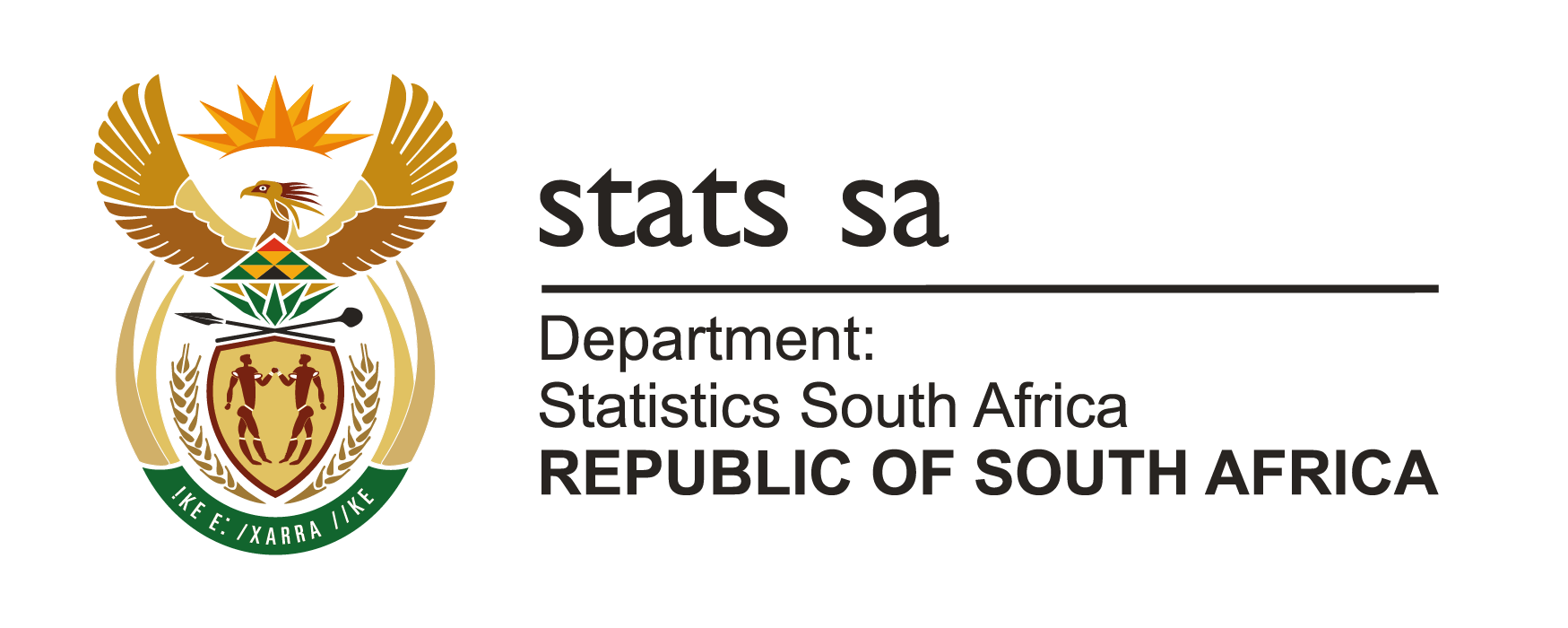


Country profiles featuring key indicators to monitor the status of adolescent girls across a range of outcomes critical to their well-being. To learn more ...
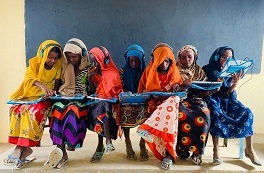
Digital inclusion has become an increasingly important part of everyday life, needed for success in both the classroom as well as the world of work, and in some contexts increasingly important for accessing services. However, this report highlights that a majority of youth in low- and middle-income countries are not connected to the internet, have limited digital skills, and do not own a mobile phone. Adolescent girls and young women are especially disadvantaged. Evidence shows that 9 out of 10 adolescent girls and young women are offline in low-income countries. To learn more ...
UNCTAD, in collaboration with UNECA and UNECE, jointly implemented UNDA project titled "Data and statistics for more gender-responsive trade policies in Africa, the Caucasus, and Central Asia". The purpose of the project was to support National Statistical Offices (NSOs) to microdata link (MDL) existing statistical data and calculate new indicators that provide fresh insights on trade statistics with a gender dimension. Six pilot countries (Cameroon, Georgia, Kazakhstan, Kenya, Senegal, and Zimbabwe) tested the UNCTAD’s methodology and compiled a set of new experimental indicators measuring employment, wages and ownership of firms engaged in international trade disaggregated by sex. Learn more about the project:
Link to the project
Short video
The Compilation Guidelines for Measurement of Gender-in-Trade Statistics
Gender Development Index (GDI) measures gender gaps in achievement in three basic dimensions of human development: health, measured by female and male life expectancy at birth; knowledge, measured by female and male expected years of schooling for children and female and male mean years of schooling for adults ages 25 years and older; and command over economic resources, measured by female and male estimated earned income. It measures disparities on the Human Development Index (HDI) by gender. Published in the annual Global Human Development Report, the GDI assesses gender disparities in the human development achievement across countries over time.
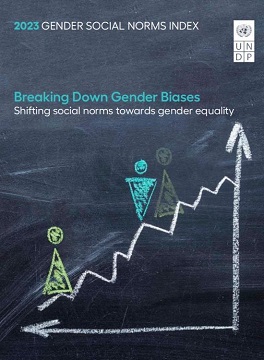
Developed by the Human Development Report Office (HDRO) of UNDP, the Gender Social Norms Index (GSNI) quantifies biases against women, capturing people’s attitudes on women’s roles along four key dimensions: political, educational, economic and physical integrity. Gender bias is a pervasive problem worldwide. The 2023 GSNI report finds that the world is witnessing a “decade of stagnation” as nearly 9 out of 10 individuals, both men and women, continue to harbor biases against women today. The index covers 85 percent of the global population and provides valuable insights into the transformation of gender social norms over a 10-year period.
The Guidelines for mainstreaming the gender perspective into statistical production seeks to provide methodological and conceptual tools for the incorporation of the gender perspective into statistical production. It was prepared during 2022-2023, within the framework of the SCA-ECLAC. The document is addressed to the statistical community of the region, and is expected to help improve the quality, thematic coverage, standardization, institutionalization, and use of gender statistics. In addition to providing specific guidelines, it also contains information relative to relevant conceptual, normative, and institutional frameworks in the region, as well as a summary of current challenges faced by the region in this area. It will be presented at the XII Meeting of the SCA-ECLAC in September 2023, and will be published in 2024. For further information, see the "Note for Equality No. 32: Mainstreaming the gender perspective into statistical production" and the Working Group’s dedicated webpage on the SCA's official website.
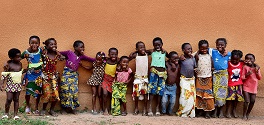
With the launch of the Sustainable Development Goals in 2015, the global community made a commitment to end all forms of violence against children by 2030. Although this drew much needed attention to the importance of preventing and responding to violence against children, the availability of comparable data remains limited. The scarcity of comprehensive data concerning the issue is undoubtedly amplifying the problem at hand, as it reinforces the misconception that violence is a peripheral phenomenon. In response, UNICEF has developed the International Classification of Violence against Children (ICVAC) with inputs from over 200 experts from national statistical offices, academia, and international organizations. To learn more ...
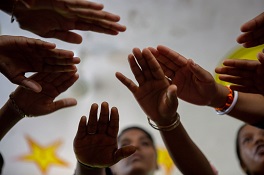
The practice of child marriage has continued to decline globally. Today, one in five young women aged 20 to 24 years were married as children versus nearly one in four 10 years ago. Yet progress has been uneven around the world, and in many places the gains have not been equitable, leaving the most vulnerable girls behind. This year marks the halfway point to the deadline for achieving the Sustainable Development Goals, and when it comes to ending child marriage, a number of challenges loom large. Despite global advances, reductions are not fast enough to meet the target of eliminating the practice by 2030. In fact, at the current rate, it will take another 300 years until child marriage is eliminated. To learn more ...
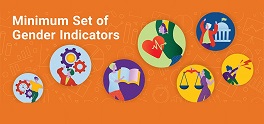
Agreed by the United Nations Statistical Commission (decision 42/102) in 2013 as a guide for national production and international compilation of gender statistics, the Minimum Set of Gender Indicators is a collection of 51 quantitative indicators and 11 qualitative indicators measuring and collecting information on issues relevant for gender equality and women's empowerment. The new data portal, hosted on ArcGIS platform, strives to integrate statistical and geospatial data on gender and enhance gender data analysis, dissemination and communication through visualization and WebGIS tools. To learn more ...
Jointly developed by UNDP and UN Women, this new report expands the measures for women and girls to exercise their potential, their opportunities and the choices available to them. Policies that seek to further empower women and girls and achieve gender parity require robust data and measures that are comparable across countries and based on a sound methodology. While some such measures are available, the picture has been incomplete.
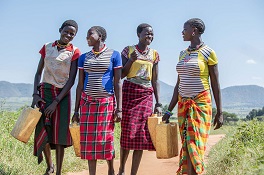
This report presents updated national, regional and global estimates for WASH in households for the period 2000 to 2022, and has a special focus on gender and WASH. The importance of progress on drinking water, sanitation and hygiene for achieving SDG 5 which aims to ‘realize gender equality and empower all women and girls’ is widely recognized. Likewise, gender inequalities impede realization of the SDG 6 targets on WASH. To learn more ...
What are the root causes of gender inequality? Building on the fifth edition of the Social Institutions and Gender Index (SIGI), the SIGI 2023 Global Report: Gender Equality in Times of Crisis reveals how formal and informal laws, social norms and practices limit women’s and girls’ rights and opportunities in all aspects of their lives. Discriminatory social institutions curtail women’s access to sexual and reproductive health and rights. They also limit women’s participation in the global response to climate change – even though they are among the most affected. To learn more ...
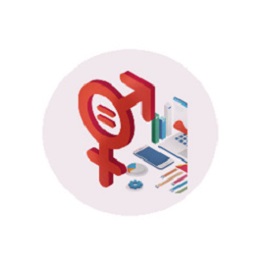
It is an interactive and user-friendly platform dedicated to gender statistics and studies. It includes a panoply of outputs on the theme of gender: videos, news, collection of gender indicators, publications (analytical reports and studies), methods and tools, glossary, and other useful links. To learn more ...
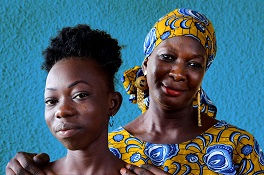
UNICEF’s 2022 Flagship Child Nutrition Report examines the latest data and evidence on the status, trends and inequities in the nutritional status of adolescent girls and women. It sheds light on the barriers they face in accessing nutritious diets, utilizing essential nutrition services and benefitting from positive care practices. The report is accompanied by a statistical booklet that presents the latest key statistics on children’s and women’s nutrition. To learn more ...
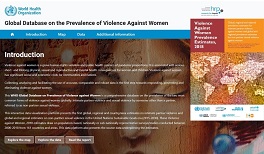
The WHO Global Database on Prevalence of Violence against Women presents comprehensive data on the prevalence of the two most common forms of violence against women globally: intimate partner violence and sexual violence by someone other than a partner. The interactive data visualization platform provides user-friendly access to the first global, regional and country/area estimates on intimate partner violence, as well as global and regional estimates on non-partner sexual violence, in the United Nations Sustainable Goals era (2015-2030). Source data underpinning the estimates - population-based, nationally or sub-nationally representative surveys/studies conducted between 2000-2018 from 161 countries and areas - is also available. To learn more ...